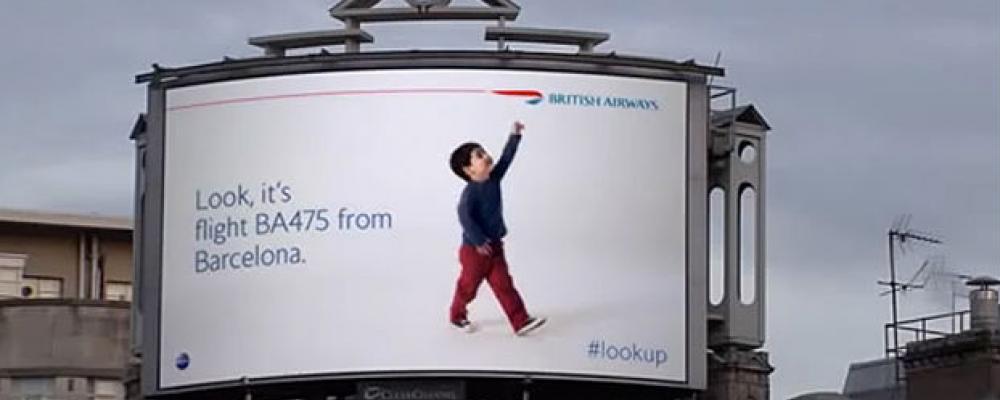
Internet of Things: Content Strategies Require Innovation
Digital signage (DS) is one of the emerging Internet of Things (IoT) technologies that are invading our lives, for better or worse. I recently attended the Digital Signage Expo 2015, ₁ where I had the opportunity to lead a round table discussion on “Content Strategies for Interactive Retail Kiosks.” ₂
Why talk about kiosks at a DS conference? Interactivity, of course, is one of the cutting edge elements of digital signage. An interactive digital sign is essentially the same thing as a simple interactive kiosk.
Interactivity is a natural evolutionary direction of DS technology. It’s a seemingly small step to go, from a linear stream of content, to one that is initiated or branched by user input. However, this small shift in functionality can cause a large shift in thinking about digital signage and how it could be used. Even though “signage,” at its lowest level, is thought of as conveying work-a-day information, one would hope that the proliferation of DS would not create excessive amounts of visual noise just because we can. Content providers would benefit from using some of the skills of user experience (UX) design to create compelling customer experiences.
As a UX designer, I focus on people’s emotions while using technology, and on how technology innovation can be applied to influence people’s emotions in positive ways. Here were the two main points I brought to my discussion on content strategies for the DS community.
First, consider the experience that you want your customer to have, rather than focusing on the information your company wants to publish. Although signs are traditionally conveyers of information, even DS should be considered as part of a customer experience across an entire brand.
In the case of interactive kiosks, both the customer experience and the user experience have significance. Paying attention to the user experience ensures that the interactivity is understandable and compelling, while paying attention to the customer experience ensures that, the content creates the desired emotions in the customer about the brand.
Second, consider innovative ideas in the creation of that experience. DS has much more capability than traditional signs, between animation, video, sequencing, scheduling, connection to the Internet and interactivity. New kinds of experiences can be crafted that have not existed before. This can take the form of direct user interactions and one can use a world of possibilities related to existing data via the Internet. Here is an example:
British Airways created an ad campaign that they called “Magic of Flying,”₃ that placed digital billboards in strategic locations around London. The billboards showed children pointing to actual planes flying overhead and also displayed flight information such as city of origin, destination and flight number. They achieved this by coordinating live flight data and weather info to ensure that a plane would be visible at the given time shown on the billboard.
This ad campaign, developed by OgilvyOne, a global customer engagement agency, certainly highlighted the breadth of British Airways destinations, and it earned the Grand Prix award at the Cannes Lions International Festival of Creativity, considered the largest gathering of worldwide advertising professionals, designers, digital innovators and marketers.
British Airways created a customer experience that was unique. They did something with DS that could not be done with printed signage. They used data and changing graphics in an innovative way. They didn’t even use human interactivity; they just interacted with airline flights!
From a practical standpoint, many companies will invest in DS by starting small. They will get a system and replace some existing print signs. They will appear slightly more innovative than without the DS. However, in order to get past DS being considered just more digital noise, begin by thinking about the experience that you want your customer to have. Don’t just publish information; create compelling customer experiences by thinking about content strategies that will engage your customers. Second, do some brainstorming and consider what data or technology is out there already that you can tap into to make a DS experience that is innovative, memorable and valuable.
References:
- Digital Signage Expo website, last accessed April 6, 2015, www.digitalsignageexpo.net/2015
- Dorothy Shamonsky, Creating and Adapting Content for Interactive Retail Kiosks, DSE presentation, last accessed April 6, 2015, http://www.slideshare.net/dshamonsky/dse2015-content-forinteractiveretailkiosks
- Abbey Klaassen, British Airways' 'Magic' Billboards Win Direct Grand Prix at Cannes online article, last accessed April 6, 2015, http://adage.com/article/special-report-cannes-lions/british-airways-magic-billboards-win-direct-grand-prix/293730/